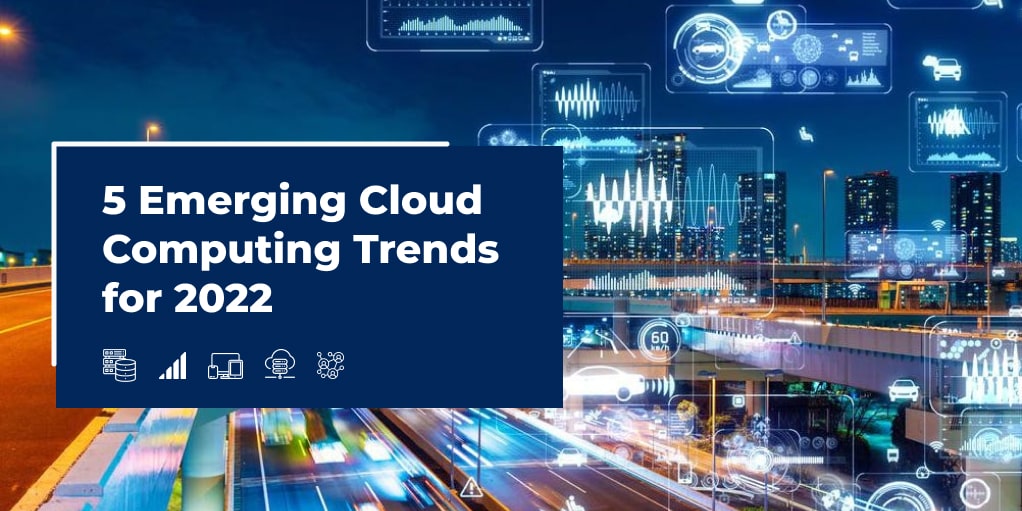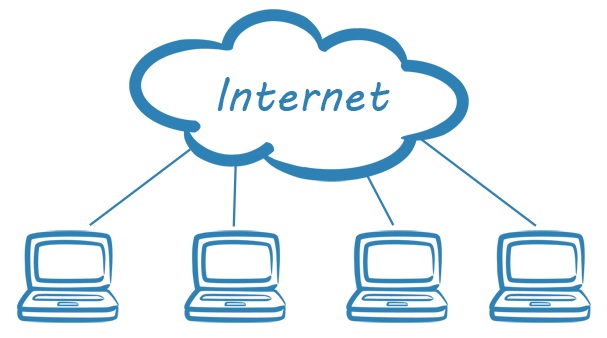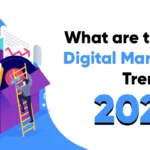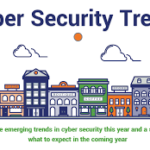Emerging Cloud Computing Trends To Look forward to in 2024
Since its fluid popularization in 2006, Cloud Computing has become the modern-day boon to the Cyber industry. Usage of the term “cloud computing” dates back to when Compaq was the mac of the times. Since then, Cloud computing has grown in popularity owing to many factors, including-
- proliferation of high-capacity networks,
- low-cost servers and storage devices,
- widespread acceptance of hardware virtualization,
- usage of service-oriented architecture, and
- normalization of autonomic and utility computing.
With such high usage and demand for cloud computing, many IT and Cyber professionals are enrolling in cloud computing courses to enhance their portfolio and expertise. Being such a widespread trend, one might wonder what modern pathways cloud computing is carving in the near future. To keep you informed of the contemporary bearings in cloud computing, we have gathered the top emerging cloud computing trends to check out in 2024 that seem to lead the cyber-ways these days!
| Key Points | Summary |
|---|---|
| Introduction | Cloud computing is a modern technology trend that delivers hosted applications and services over the Internet, categorized as IaaS, PaaS, and SaaS. |
| Why Cloud Computing | It offers effortless, scalable access to computing infrastructure and IT services, enabling cost-effective innovation and business operations. |
| Top Cloud Computing Trends in 2024 | 1. Healthcare moving to the cloud for improved efficiency and telehealth. |
| 2. Enhanced collaboration tools for remote work and productivity. | |
| 3. Edge computing for localized data processing, reducing latency. | |
| 4. Increased use of AI in workplaces for automation and efficiency. | |
| 5. Emphasis on multi-cloud and hybrid cloud solutions for flexibility. |
But first, What IS cloud computing?
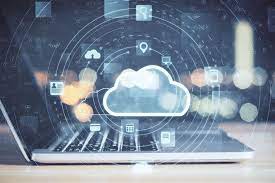
Briefly, Cloud computing is a catch-all word for the technique involving the delivery of hosted applications over the Internet. These networks are classified as IaaS, PaaS and SaaS, depending on their service type. In technical words, Cloud computing is the on-demand distribution of IT services across the Internet at a pay-as-you-go model. Instead of purchasing, managing, and retaining physical data centres and servers, you can use a cloud platform like Amazon Web Services (AWS) to access infrastructure services. The term “cloud computing” was inspired by the cloud icon, often used in flowcharts and diagrams to describe the Internet.
And, Why do it?
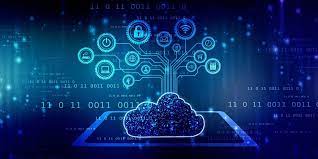
Also called service computing, cloud computing, whether private or public, provides effortless, scalable access to computing infrastructure and IT services. It is a cost-effective and agile way of accessing a broad range of technologies to innovate faster and handle peak levels of business activity. Cloud computing has transformed the landscape of how companies conduct business. Cisco estimates that cloud data centres now handle up to 94 per cent of all workloads. Let’s look at some of the most relevant cloud computing trends in 2023-
1) Health needs can be enhanced by cloud computing!
“Health needs should always come first” this year has taught us more than to ignore our health status. Well, cloud computing may take healthi-fying oneself to a whole new level. Healthcare will migrate to the cloud in 2023 with enhanced efficacy. Since cloud storage helps healthcare systems store data remotely, telehealth has become a reality and highly cost-effective. Patients may get healthcare delivered to their door and do certain regular checkups or appointments online. This means easier health checkups in less money!
2) Collaboration tools can become more precise and straightforward!
With remote work becoming more common, there has been an increase in the use of teamwork and productivity software. People will most likely continue to operate from home in 2023, and teamwork technologies will be crucial to efficiency. Screen sharing, video conferencing, and conversations can all become more streamlined. Such artificial intelligence developments, such as noise cancellation and simulated backgrounds, will continue to evolve and become more commonly adopted. This means ease of access to online meeting apps for all companies, big or small!
3) Edge computing- revolutionary indeed!
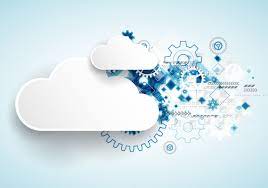
Edge computing is a new cloud trend that entails constructing localized data centres for computation and storage. This reduces the demand on the cloud and facilitates the implementation and operation of a diverse range of applications. Computing and administration are managed locally rather than by unified networks. Edge computing eliminates the latency problems involved with connecting with a central server by putting active control and data storage closer to the source.
4) AI could become available at workplaces, saving many Industries-
Chatbots, location systems, and personal assistants are all examples of artificial intelligence (AI). It helps to simplify routine activities to save time and resources. As businesses strive to optimize and streamline their operations, AI will become even more important in the workplace.
It may be used to simplify accounting, forecast schedules, or boost enforcement. Employees can also save time on tasks such as cost analyses, invoices, and data collection. This means reduced manual labour and more cake for everyone!
5) Multi, hybrid and public clouds are the new clouds in the sky!

According to numerous industry analysts, multi-cloud or hybrid cloud technologies may be a perfect choice to explore in 2023, when more companies need to merge their entire ecosystems. With multi-cloud, companies can leverage systems from various vendors, making it easy to connect and exchange data with supply chain partners independent of their software or data requirements.
What’s next?
With these cloud computing trends in 2024, the next phase of cloud dynamics we may experience in 2025 may include company regulatory and security issues. Companies may collaborate with innovative solutions to revitalize the current hybrid reality, allowing forward-thinking consumers to profit from their tailored capabilities and experience right away!
FAQ’S
Cloud computing provides cost-effective and scalable access to IT infrastructure and services, enabling innovation and efficient business operations.
Cloud computing is enhancing healthcare by enabling remote data storage and telehealth services, making healthcare more accessible and cost-effective.
Collaboration tools will become more streamlined, offering features like screen sharing, video conferencing, and AI-driven enhancements for remote work efficiency.
Edge computing involves localized data processing, reducing latency and enhancing the performance of applications by placing computing resources closer to the data source.
AI is being used to automate routine tasks, improve efficiency, and save time and resources in various workplace activities.
Multi-cloud and hybrid cloud solutions enable companies to leverage services from different providers, enhancing flexibility and interoperability across their ecosystems.
